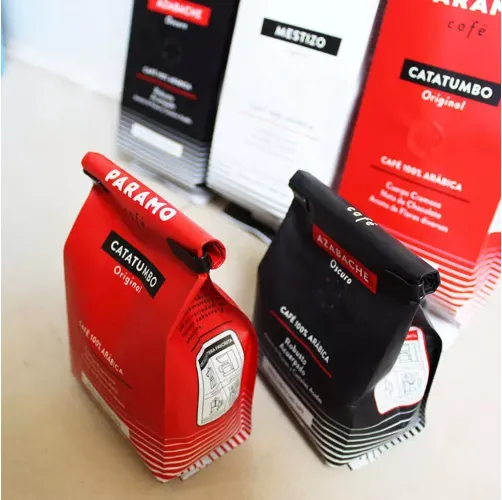pot drying
The Pot Drying Process A Comprehensive Overview
Pot drying, an essential step in the ceramics and pottery industry, involves the removal of moisture from clay after it has been shaped into pots and other forms. This crucial process not only enhances the final quality of the ceramic pieces but also prepares them for the subsequent stages of firing and glazing. Understanding pot drying, its methods, benefits, and inherent challenges is vital for both amateur potters and seasoned professionals.
The Importance of Pot Drying
One of the primary reasons for pot drying is to prevent defects during the firing process. When clay pieces retain moisture, they are susceptible to cracking and warping as they transition from wet to dry conditions. Effective drying ensures that the moisture content is uniform, which is essential for achieving consistent results during firing. Uneven drying can lead to various issues, such as thermal shock or explosive failures in the kiln, which may ruin an entire batch of pottery.
Methods of Pot Drying
1. Air Drying The simplest and most commonly used technique, air drying involves leaving the shaped pots in a well-ventilated space to naturally lose moisture. This method is cost-effective and doesn’t require any special equipment. However, it can be time-consuming and dependent on environmental factors such as humidity and temperature.
2. Heat Drying This method utilizes heat sources, such as electric or gas kilns, to accelerate the drying process. Heat drying can significantly reduce the amount of time needed for pots to cure and is particularly useful in humid climates where air drying may not be efficient. Nonetheless, it requires careful temperature control to prevent thermal stress on the clay.
3. Dehydration Chambers In a more controlled environment, pots can be dried in dehydration chambers, where humidity and heat are regulated. This precision ensures a uniform drying process and minimizes risks associated with cracking. Such chambers are often used in industrial pottery production.
pot drying

4. Evaporative Drying This advanced drying technique involves the use of desiccants or vacuum systems to remove moisture more effectively. It’s generally employed in professional setups where production volume justifies the investment in sophisticated equipment.
Benefits of Proper Pot Drying
The benefits of proper pot drying are manifold. First and foremost, it ensures structural integrity and durability of the finished product. Properly dried pottery is less prone to defects, allowing for smoother glazes and fewer imperfections. Additionally, controlled drying can enhance the overall aesthetic quality of the piece, as it helps maintain the original shape and surface texture intended by the artist.
Moreover, adequate drying times can influence the final coloration and finish of glazes applied to the pottery. Inconsistent moisture levels can lead to uneven glaze application, resulting in patchy colors and undesirable textures. By ensuring a proper drying process, potters can achieve the desired visual effects and functionality in their finished ceramics.
Challenges in the Pot Drying Process
Despite its importance, pot drying poses several challenges. Humidity, temperature fluctuations, and airflow conditions can all impact the drying time and quality of the ceramics. Potters must be vigilant about environmental factors to mitigate risks associated with uneven drying. Additionally, thick-walled or heavily embellished pieces may take longer to dry, requiring careful monitoring to ensure they are adequately prepared for firing.
Conclusion
In conclusion, pot drying is a critical process in pottery making that demands attention and skill. By understanding the various methods and recognizing the challenges involved, potters can improve their craft and create beautiful, high-quality ceramic pieces. Whether one is a hobbyist or a professional, mastering the art of pot drying is essential for achieving success in this timeless craft.













